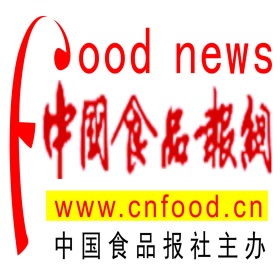
 > 地方食品 > 正文
> 地方食品 > 正文
2023-02-20 10:09:57 来源:食品伙伴网
 (相关资料图)
(相关资料图)
据了解,内切-1,4-β-木聚糖酶是由里氏木霉ATCC PTA-5588生产的,蛋白酶是由枯草芽孢杆菌CBS 148232生产的,α-淀粉酶是由地衣芽孢杆菌ATCC SD-6525生产的。部分原文报道如下:
Following a request from the European Commission, EFSA was asked to deliver a scientific opinion on the safety and efficacy of endo-1,4-beta-xylanase produced by Trichoderma reesei ATCC PTA-5588, protease produced by Bacillus subtilis CBS 148232, and alpha-amylase produced by Bacillus licheniformis ATCC SD-6525, Axtra? XAP 104 TPT, for chickens for fattening, laying hens and minor poultry species. In the previous assessment, a series of shortcomings did not allow to conclude on the safety of the product. The shortcomings included uncertainty on the presence of viable cells of one of the production strains; uncertainty on the identity of the production strains of the ■■■■■ used in the manufacturing process of the protease and their presence in the final additive; and uncertainty about the test item used for the toxicological testing of the xylanase. Moreover, the Panel could not conclude on the efficacy in laying hens. The applicant submitted some new information to address some of the limitations previously identified. Moreover, the applicant declared a change in the production strain of the protease, substituting B. subtilis ATCC SD-2107 for B. subtilis CBS 148232. The Panel concluded that the additive is safe for the target species at the recommended use level (1,000 xylanase U, 100 amylase U and 2,000 protease U per kg feed). The additive is safe for the consumers of food products obtained from animals fed with the additive and raises no concerns for the environment. The Panel could not conclude on the skin/eye irritancy potential of the additive nor on its dermal sensitisation potential. Owing to the proteinaceous nature of the active substances, the additive is considered a respiratory sensitiser. The additive is efficacious in chickens for fattening, chickens reared for laying and minor poultry species up to the point of lay at the level of 2,000 xylanase U, 200 amylase U and 4,000 protease U per kg feed (double the minimum recommended use level). Owing to the lack of sufficient data, the Panel could not conclude on the efficacy of the additive for laying hens.